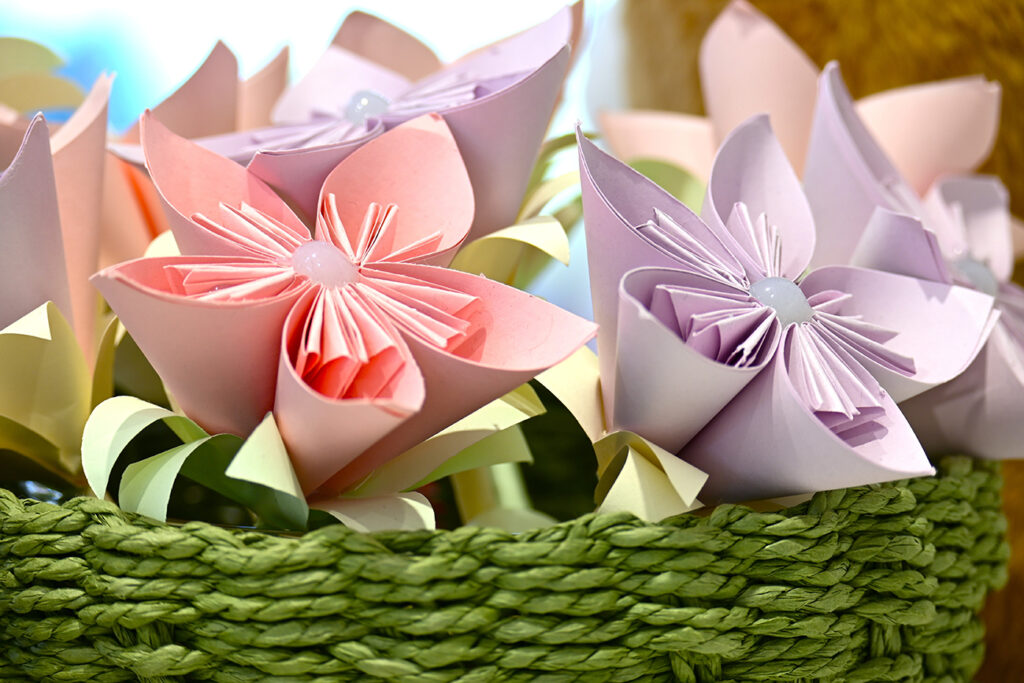
Origami is one of the most recognizable cultural arts from Japan. This traditional craft transforms a single sheet of paper into beautiful shapes through precise folds. With no need for scissors or glue, origami highlights creativity, patience, and an appreciation for simplicity. Today, it remains a popular hobby around the world and continues to inspire modern design, education, and art.
What Is Origami?
Origami is the Japanese art of paper folding. The word comes from two Japanese terms, ori which means folding, and kami which means paper. What makes origami unique is its focus on creating shapes using only folds. Each crease represents both technical skill and artistic imagination.
Classic origami models include cranes, flowers, boats, and animals. Although many people see origami as a fun craft, it is deeply rooted in Japanese culture and symbolism.
A Brief History of Origami
Origami has existed for centuries in Japan. In the past, paper was expensive, so origami was often used for ceremonial purposes. Over time, as paper became more accessible, origami developed into a creative art practiced by people of all ages.
Modern origami evolved further during the twentieth century when artists began to design more complex models and mathematical folding techniques. Today, origami influences many fields such as architecture, engineering, and product design.
The Meaning Behind Origami
Origami is more than just making shapes. Each model often carries symbolic meaning.
The Crane
The origami crane is the most famous symbol. It represents hope, peace, and longevity. In Japan, folding one thousand cranes is believed to bring good fortune.
Flowers
Origami flowers symbolize beauty, elegance, and the impermanent nature of life.
Animals
Many animal models reflect respect for nature and the harmony between humans and the environment.
Why Origami Is Popular Around the World
Origami is widely appreciated for several reasons:
1. Simple Materials
All you need is a square piece of paper. This makes origami accessible to everyone.
2. Creativity and Relaxation
Folding paper can reduce stress and encourage mindfulness. Many people practice origami to relax and express creativity.
3. Educational Benefits
Origami helps improve focus, hand coordination, geometry skills, and problem solving abilities. It is often used in classrooms to make learning interactive and fun.
4. Art and Innovation
Designers and engineers use origami principles to create flexible structures, foldable technology, and medical devices.
Modern Applications of Origami
Origami inspired concepts appear in various fields today:
- Foldable solar panels for space missions
- Compact furniture and packaging designs
- Medical stents that expand after insertion
- Architectural structures based on geometric folding
These applications show that origami is not only a traditional art but also a source of scientific innovation.
Origami continues to connect generations through creativity, beauty, and simplicity. Whether you fold a crane for hope or explore complex geometric patterns, origami offers endless opportunities for expression. Its influence in culture, education, and modern design proves that this traditional Japanese art remains relevant in today’s digital world.





